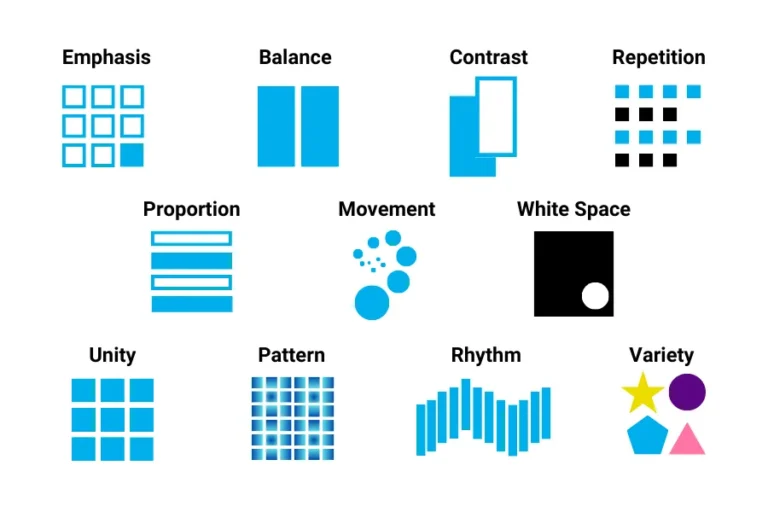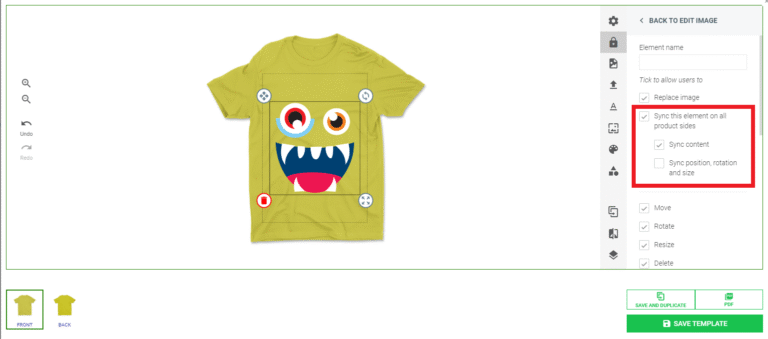Priming Book: Complete Guide to Concepts, Applications, and Research
A priming book is a specialized text that explains how prior exposure to information influences later thoughts, behaviors, and decisions. The concept belongs to cognitive psychology, neuroscience, linguistics, and marketing. A priming book compiles theories, definitions, case studies, and real-world applications. It offers structured insights into how subtle cues can shape human judgment without conscious awareness.
What is a Priming Book?
A priming book is defined as a resource that documents the principle of priming, a psychological effect where one stimulus influences response to another. For instance:
-
Seeing the word doctor makes recognition of nurse faster.
-
Exposure to green traffic lights primes action readiness.
-
Subtle music in supermarkets primes wine purchases.
Priming books detail such examples, integrating empirical research, theoretical frameworks, and applications across disciplines.
Historical Development of Priming Books
Priming research dates back to the 1970s.
-
David Meyer & Roger Schvaneveldt (1971) introduced semantic priming.
-
John A. Bargh (1996) demonstrated social priming in behavior.
-
Daniel Kahneman (2011) popularized priming in Thinking, Fast and Slow.
Priming books expanded as psychology merged with business, law, education, and healthcare. Each decade added more evidence, creating a rich literature base.
Types of Priming Explained in Priming Books
1. Semantic Priming
Occurs when related words influence recognition. Example: bread primes butter.
2. Perceptual Priming
Involves recognition based on form or structure. Example: blurred image recognition improves after exposure.
3. Associative Priming
Connects items through mental networks. Example: beach primes sand.
4. Affective Priming
Links emotional valence. Example: smiling faces prime positive judgments.
5. Repetition Priming
Repeated exposure increases fluency. Example: hearing a brand repeatedly makes it feel familiar.
6. Social Priming
Environmental cues trigger social responses. Example: images of money prime independence.
Types of Priming in Priming Books
| Type of Priming | Definition | Example Usage | Field of Study |
|---|---|---|---|
| Semantic Priming | Linking meaning between related words | Doctor → Nurse | Cognitive Psychology |
| Perceptual Priming | Recognition based on repeated visual form | Logo exposure increases recall | Neuroscience, Branding |
| Associative Priming | Activation of related concepts in memory | Beach → Sand | Linguistics, Memory |
| Affective Priming | Emotional stimulus influencing judgment | Happy faces prime positivity | Social Psychology |
| Repetition Priming | Familiarity through repeated exposure | Repeated ads increase trust | Marketing, Advertising |
| Social Priming | Environmental cues influencing social behavior | Money images reduce cooperation | Behavioral Economics |
How a Priming Book Helps Researchers
-
Ensure concept clarity with definitions and theories.
-
Present controlled experiments showing priming validity.
-
Provide replication studies to test reliability.
-
Offer cross-disciplinary insights across psychology, linguistics, and AI.
-
Document practical applications in marketing, law, education, and healthcare.
Priming Book Applications in Different Fields
Priming in Marketing
-
Color priming (red triggers urgency).
-
Music priming (classical primes premium buying).
-
Logo priming (Apple logo primes creativity).
Priming in Education
-
Concept priming boosts retention.
-
Visual priming aids comprehension.
-
Testing environment primes performance outcomes.
Priming in Law
-
Wording primes witness memory.
-
Media priming biases juror decisions.
-
Courtroom narratives prime interpretation.
Priming in Healthcare
-
Positive language primes recovery.
-
Warning labels prime avoidance behavior.
-
Placebo effects amplified through priming.
Key Priming Books and Authors
-
Daniel Kahneman – Thinking, Fast and Slow
-
John A. Bargh – Before You Know It
-
Michael Hoey – Lexical Priming
-
Anthony Greenwald – Implicit Cognition
-
Richard Thaler & Cass Sunstein – Nudge
Each title explores unique aspects, from implicit cognition to decision-making, language, and policy design.
Priming in Neuroscience
Neuroimaging confirms priming reduces brain activation, meaning processing becomes more efficient.
-
Occipital cortex processes visual priming.
-
Hippocampus supports semantic memory priming.
-
Amygdala responds to affective priming.
Studies show Alzheimer’s patients still demonstrate priming effects, proving priming operates independently from explicit memory.
Priming in Linguistics
Linguistic priming demonstrates structural influence.
-
Lexical priming: Words co-occur based on exposure.
-
Syntactic priming: Hearing passive voice increases likelihood of using passive later.
Corpus-based studies show priming shapes habitual language use across cultures.
Controversies Around Priming Books
Some priming studies failed replication.
-
Elderly-walking priming study faced scrutiny.
-
Money priming showed mixed evidence.
-
Critics argued inflated effect sizes.
Yet, semantic and perceptual priming remain robust across thousands of trials. Current priming books emphasize replication transparency and contextual factors.
Priming in Artificial Intelligence
Machine learning applies priming-like models:
-
Neural networks weight prior exposure like priming.
-
Search engines use query priming for autocomplete.
-
Chatbots integrate linguistic priming for natural responses.
AI research shows future priming books will merge cognitive psychology with computer science.
Why Read a Priming Book?
-
Ensure understanding of cognitive psychology.
-
Absorb evidence from classic and modern experiments.
-
Follow practical marketing and persuasion strategies.
-
Explore applications in law, medicine, and AI.
-
Clear misconceptions about replication failures.
-
Connect implicit memory with explicit behavior.
Future of Priming Books
The next generation of priming books will:
-
Integrate genetic studies on priming sensitivity.
-
Combine psychology with AI-driven cognitive models.
-
Explore long-term priming effects across years.
-
Expand into cross-cultural and intercultural communication.
-
Provide practical blueprints for policy, education, and global health.
FAQs About Priming Book
1. What is a priming book?
A priming book is a resource that explains how prior exposure to stimuli influences later cognition and behavior, across psychology, marketing, linguistics, and neuroscience.
2. Who are the main authors of priming books?
Leading authors include Daniel Kahneman, John A. Bargh, Michael Hoey, Anthony Greenwald, and Richard Thaler.
3. How do priming books apply in marketing?
Priming books show that colors, words, and music influence purchasing behavior by shaping subconscious associations.
4. Why are priming books important in education?
Priming books explain how teachers can use concept cues, repetition, and structured exposure to boost learning outcomes.
5. Can priming be measured?
Yes, priming is measured through reaction times, fMRI brain scans, and behavioral experiments that detect unconscious influence.
6. Are priming effects real?
Semantic and perceptual priming effects are robust, while some social priming findings face replication challenges.
7. How do priming books connect with AI?
Priming books influence AI by inspiring neural network designs and human-computer interaction models.
Learn More: Keep It Simple Stupid Shirt: The Ultimate Guide to Simplicity in Style
Repetition in Art: The Complete Guide to Understanding Its Power
Conclusion
A priming book provides a full exploration of the principle of priming. It defines types, applications, controversies, and future research directions. It connects psychology, marketing, linguistics, law, healthcare, and AI. For students, researchers, and professionals, priming books deliver indispensable insights into how subtle cues shape thought and action.







